Soil Stabilization
Stronger Subgrades For Successful Projects
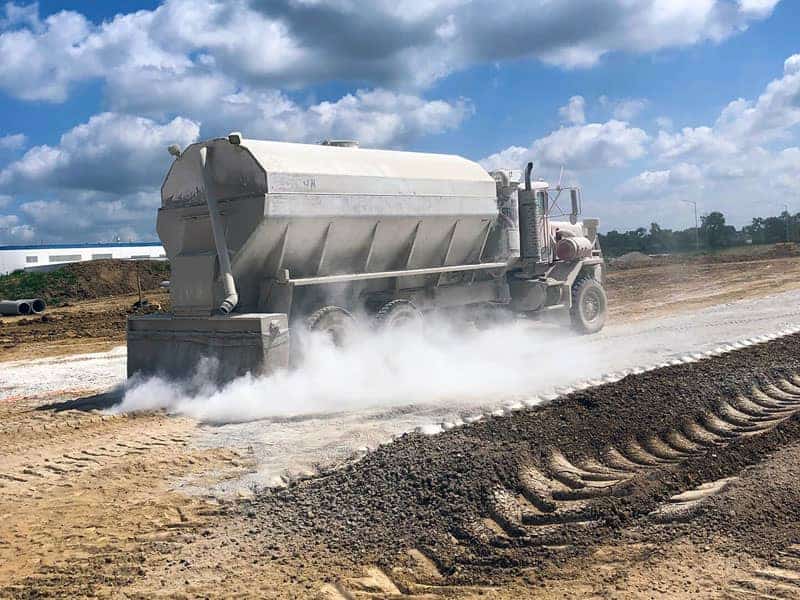
Soil stabilization is a construction technique to improve the long-term strength of a soil prior to construction.
Benefits Of Soil Stabilization
Instead of removing thousands of cubic years of unsuitable soil and replacing it with new material, soil stabilization saves time and money by working with what is already there. For almost all projects, soil stabilization is a much more efficient and cost-effective method of getting your work completed.
When pavement engineers and contractors need to increase subgrade strength or guarantee a solid working platform in less-favorable conditions, they utilize soil stabilization.
With massive cost-savings and faster construction times, these technologies increase structural integrity and retain the strength of your subgrade during wet conditions, ensuring your project stays on track and on time.
Soil Stabilization vs. Undercutting
Soil stabilization achieves all of the goals you have for creating a firm building subgrade with the following benefits:
How The Stabilization Process Works
Step 1
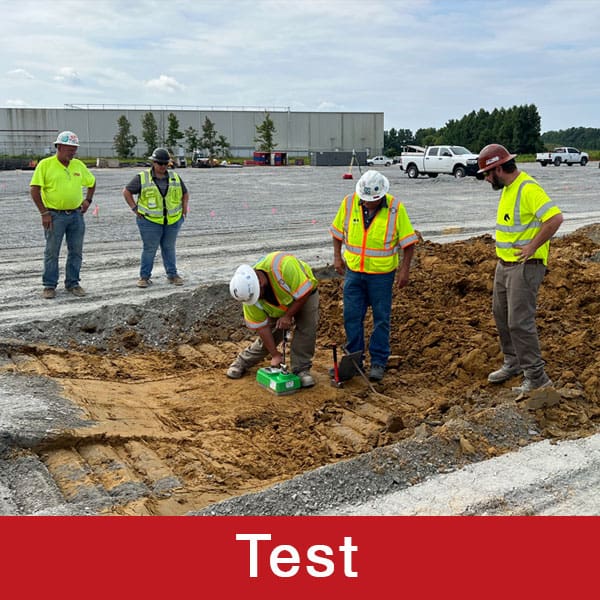
Material is tested for density to ensure the best compaction.
Step 2
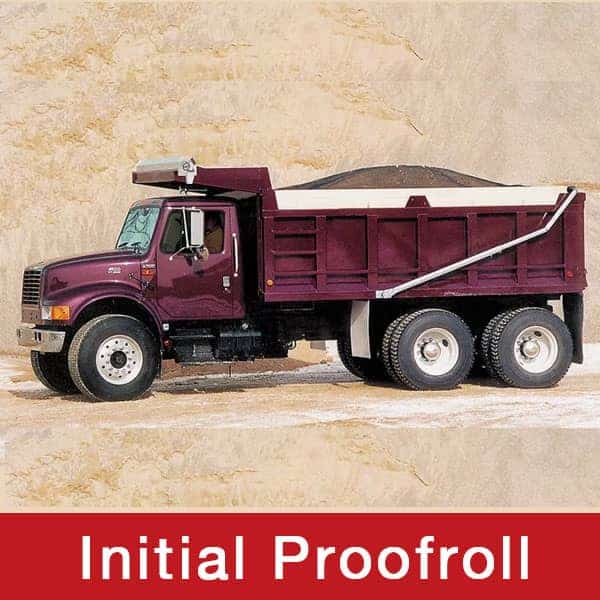
To determine the depth of treatment, a pre-stabilization proofroll should be completed.
Step 3
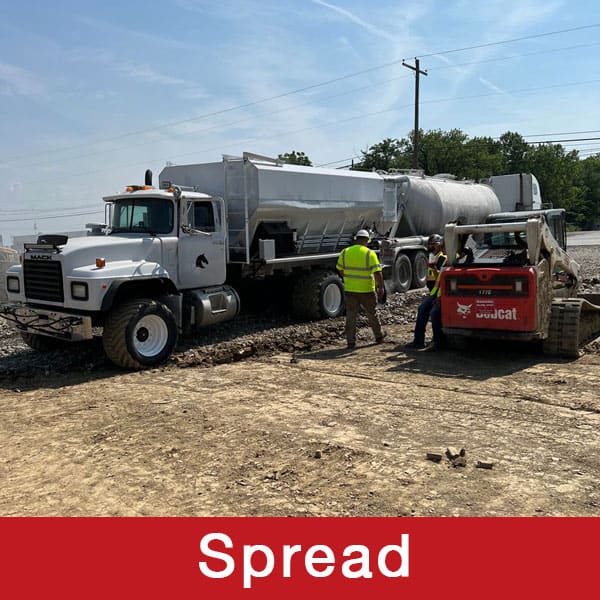
Use cement, quicklime, lime kiln dust or flash to create soil’s optimum moisture.
Step 4

Material is mixed into the soil using a soil reclaimer/stabilizer.
Step 5
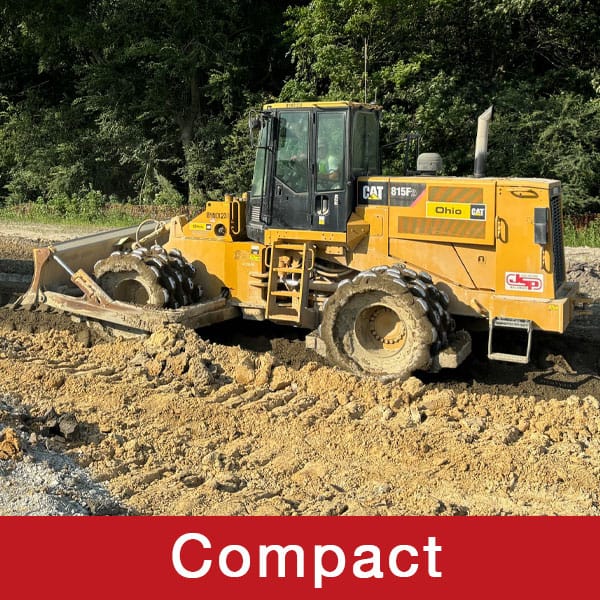
Soil is compacted using a padfoot or 815 roller with a knockdown blade.
Step 6
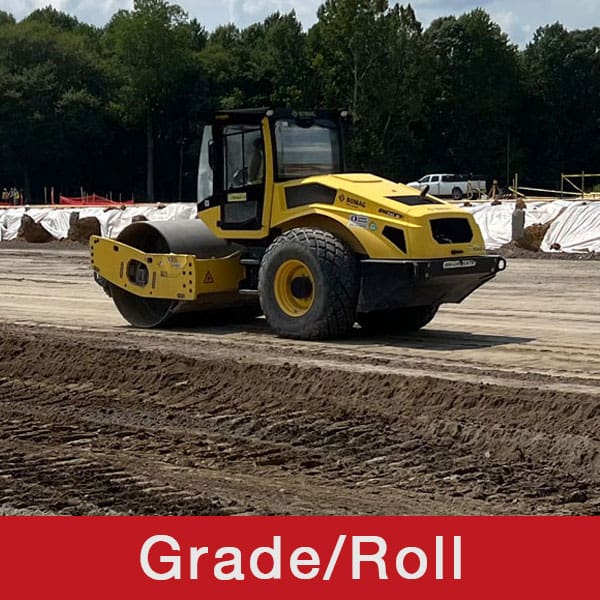
Surface is shaped to desired elevations with a grade roller or dozer.
Step 7
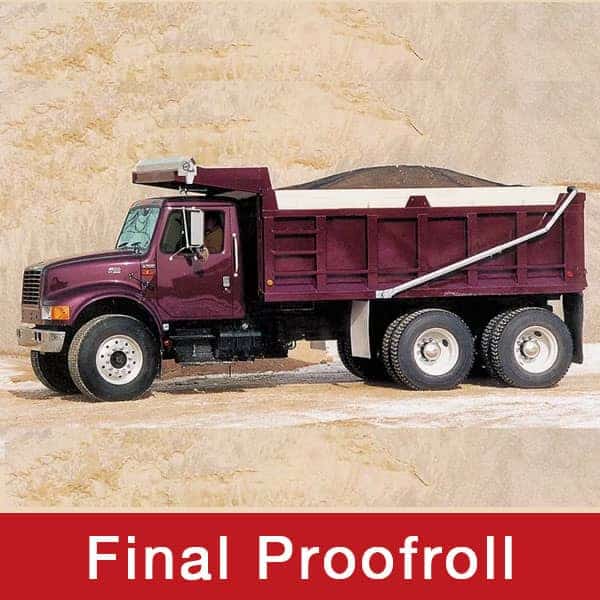
After a five day cure period, a post-stabilization proofroll should be completed.
Before Soil Stabilization
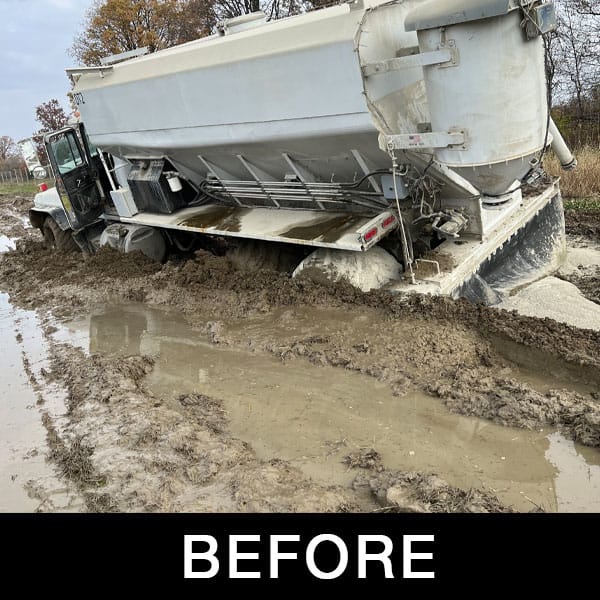
After Soil Stabilization

Have A New Project? Save Time & Money With Our Value-Engineered Approach
We will find the right solution for your job site and your budget. We offer free consultations and site visits.
Give us a call at 234-719-2887 or click the link below and fill out our short secure form.